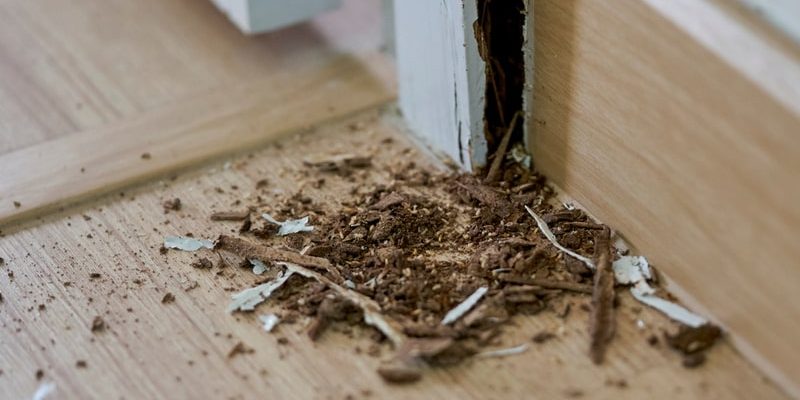Wood is a popular choice in the real estate and construction field. Be it a brand new apartment or a classy office campus, all interior decoration, flooring, and panelling require top quality wood to bring a stylish look to the building. With the easy availability of wood, homeowners have switched to plywood and timber to enhance the aesthetic value. These materials are inexpensive and low-priced too. Yet, maintaining wood comes at a price. Without proper attention and care, one might have to deal with several concerns related to wood. The most common difficulty that one faces with wood is termites. An estimate claims that around one hundred and thirty thousand Australian houses face termite infestation per year. There are several ways to tackle a termite infestation. But the best way to go about it is by installing precautionary measures. Services such as termite barriers in Nowra are wise choices.
What are termites?
Termites are a variety of insects that feast on wood for sustenance. They are a common pest that can cause critical damage to the structural integrity of wood-based buildings. Sometimes, these damages can also lead to the destruction of the buildings. Humans have struggled with termite control since early times. But due to the widespread availability of building material, termites have become a resilient pest in modern times. As an initial action in termite control, one needs to distinguish the insect from other insects. They are small in size and resemble ants. Due to this similarity, people often mistake them for flying ants. Most people have claimed that they first recognized the termite damage before spotting the insects themselves. A distinguishing feature of termites is that they are highly colonial beings. So, one often finds them swim in swarms. Since they are very secretive, it is easy for termites to escape the untrained eye.
Termite damage
Once termites enter a household, it is a surety that there will be damages to wood. But not all termite damages are the same. They differ in the nature and extremity of the destruction. Sometimes, homeowners recognize termite damage at the surface level itself. It is known as non-invasive damage. One would be fortunate to identify termite activity in this initial stage since it makes it easier to get rid of the insects. Unlike non-invasive destruction, slightly invasive damage refers to termite activity that bores into the structure. While it is more harmful than the initial stage, these losses are not irredeemable. The final degree of damage is known as invasive destruction. In this stage, termites may have destroyed the structure. The damage is identifiable by a change in the wood’s colour or vacant hollows.
Extermination
Generally speaking, wood treatment at this stage is complicated. Therefore, the best bet that one has against invasive termites is taking precautions. There are various methods to protect one’s home against termites. The most common anti-termite shield is a physical barrier. It is a simple system in which a firm barrier prevents termite activity in holes and edges sensitive to termite activity. Other physical barriers include aggregate, stainless steel trap, and termite shield. Chemical soil barriers are also a preferred method of termite repellent. A homeowner can use industry-grade chemicals that will disable the nervous system of termites, leading to extermination.
Conclusion
A homeowner needs to keep in mind that wooden surfaces should never come into contact with moisture. To clean wood, one can use simple alcohol-based cleaners that will evaporate and not leave a wet patch on the surface. But if termite activities persist, a service that can provide termite barriers in Nowra can effectively lessen the damage and refurbish wood.


